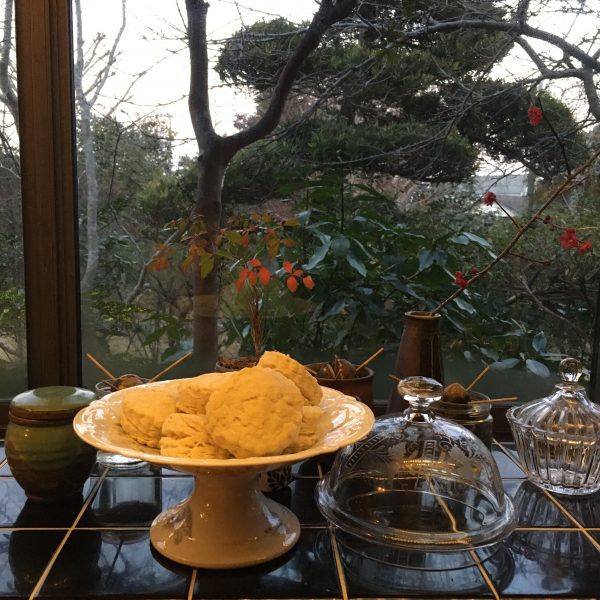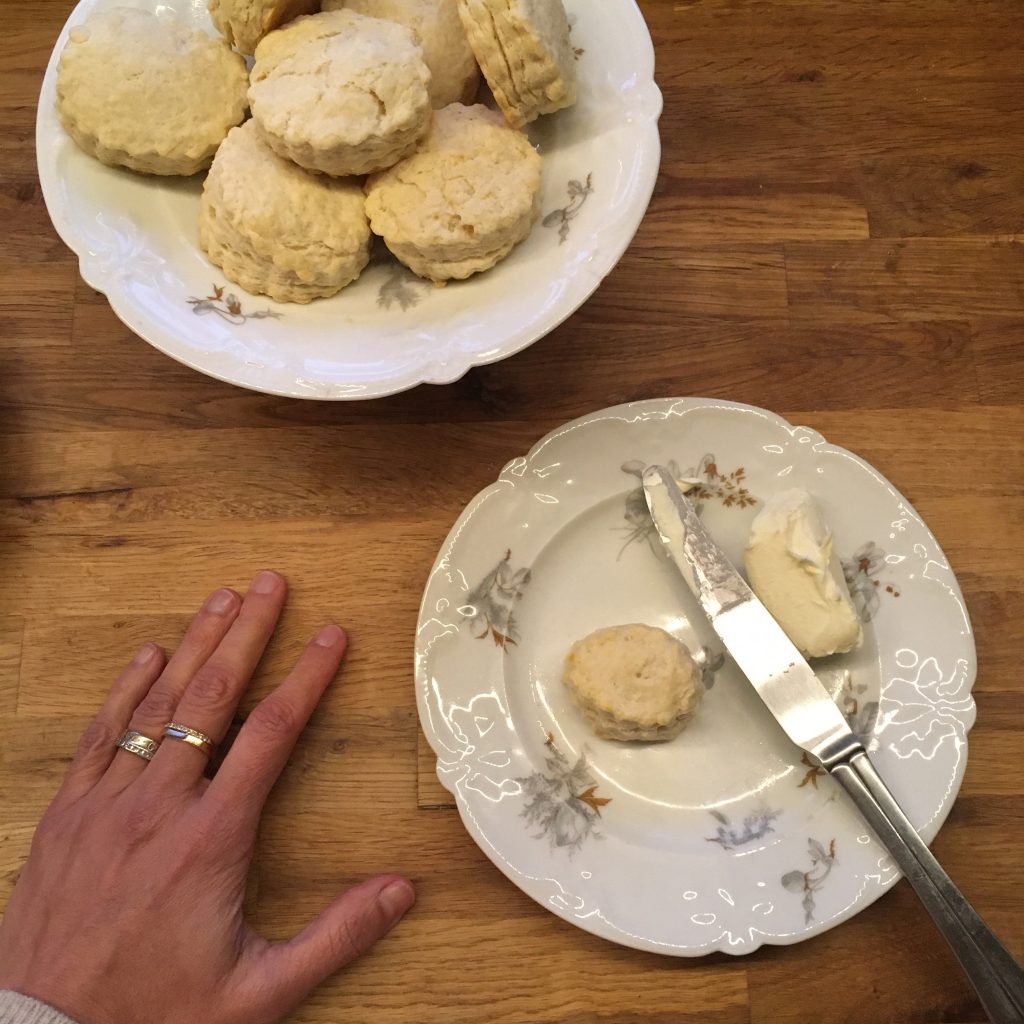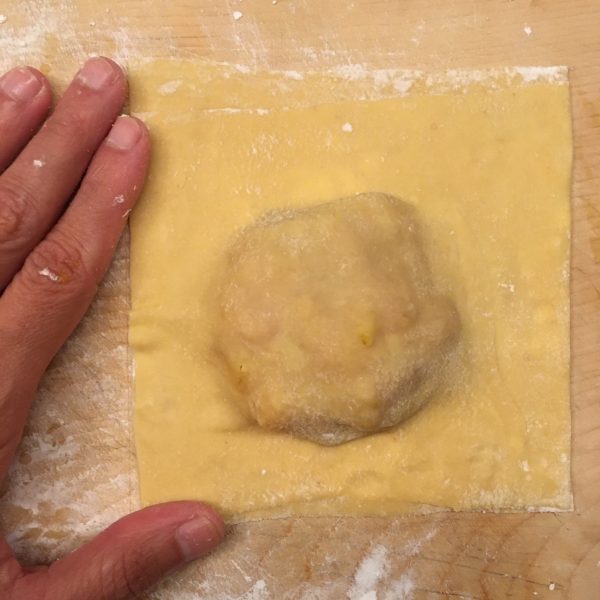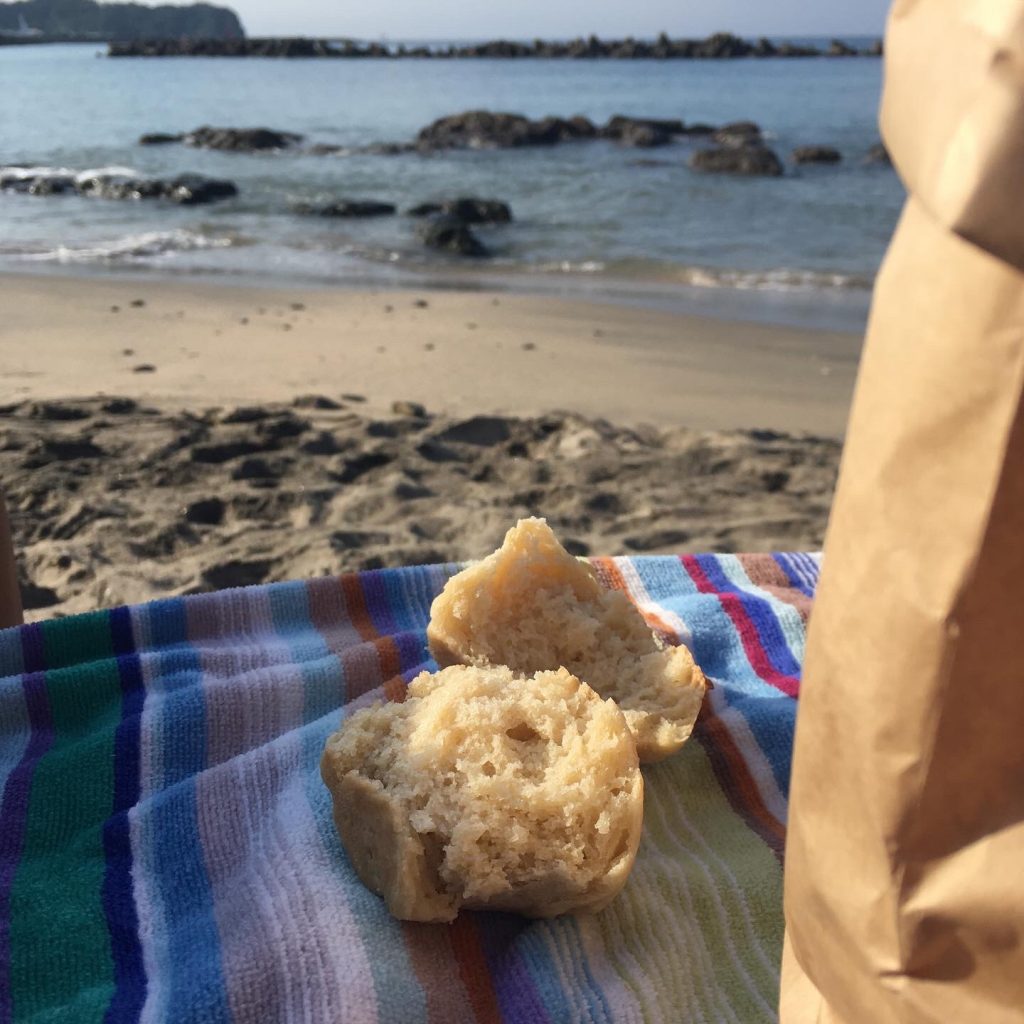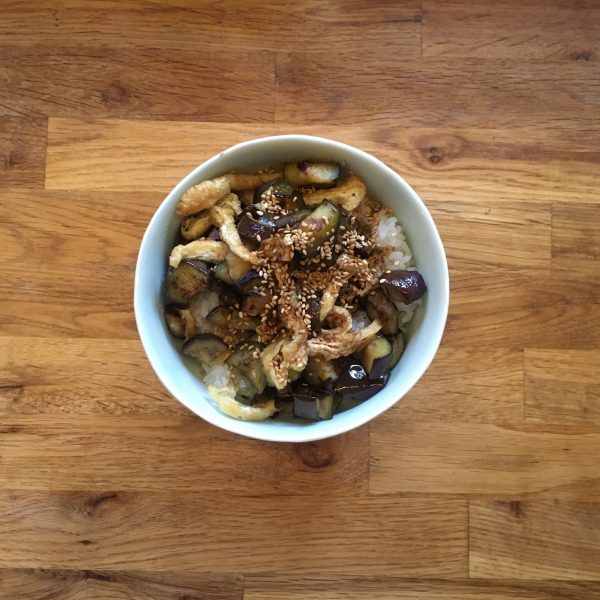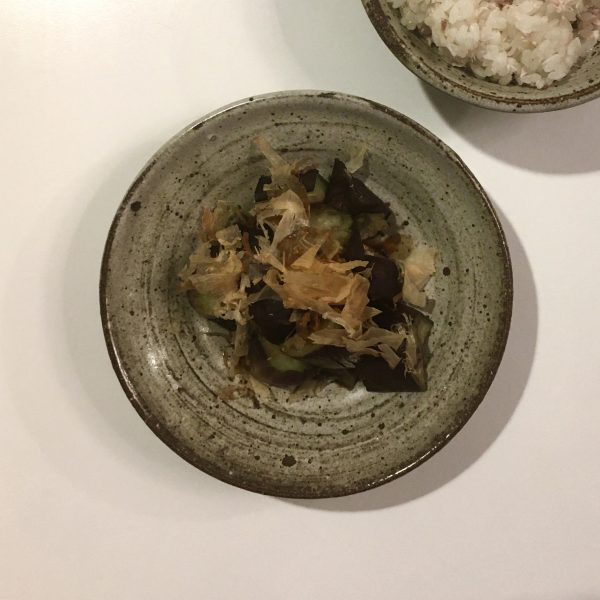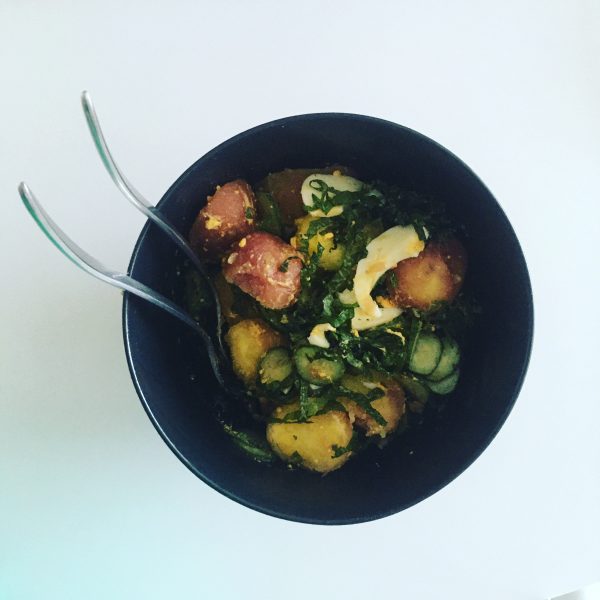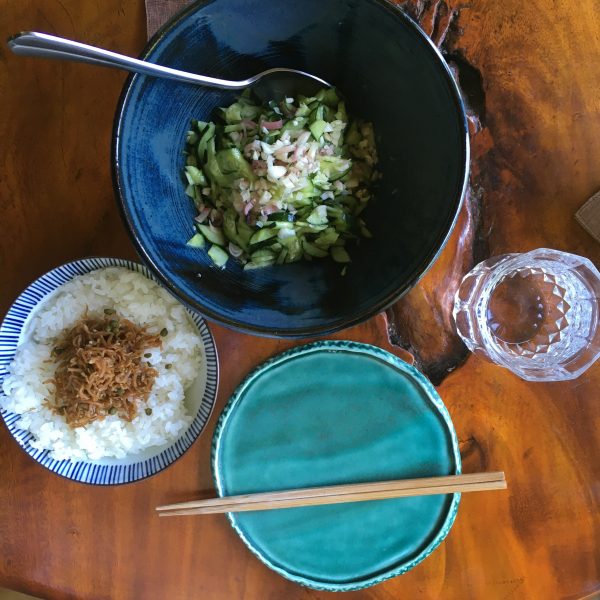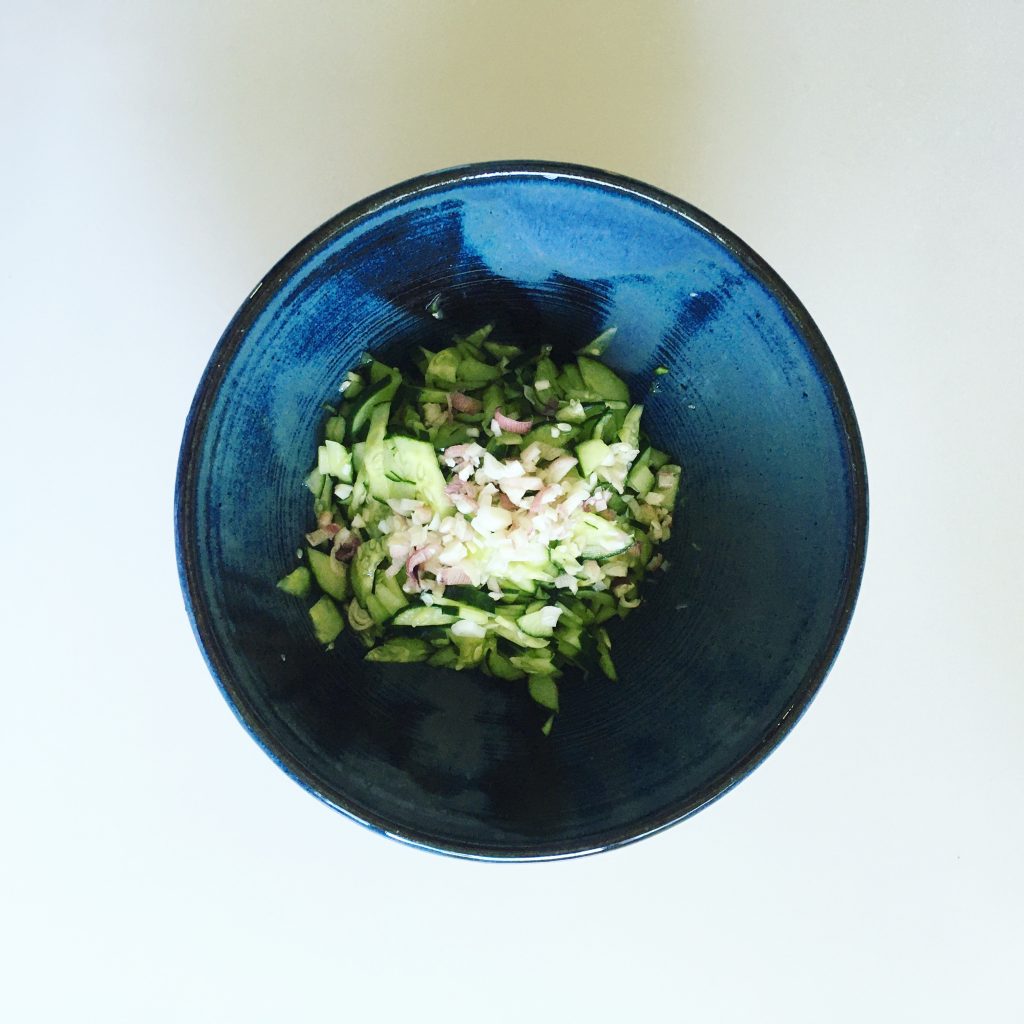Two weeks without a post is a grand premiere here… For the past 7 years I have been posting a few times a week and at most every 10 days when I was busy at work and on travel. So why 2 weeks this time? Well… travel is definitely not what is taking any of my time, even though we had a failed attempt to go back to France back in November, and the planning took a lot of our time, only to cancel everything 5 days prior departure because the situation was not looking too good in France then… but that’s a long time ago! I can tell you that work has been busy but nothing out of the ordinary. So what? Have I quit cooking??? For sure not! But what did I cook then? Well, first a lot of things that were delicious but definitely not photogenic. Then a lot of cruising dishes: quiches, bread and scones but I bet you don’t need another recipe of any of these…
Then we harvested all our hassaku and I went into a little plan of making several recipes…

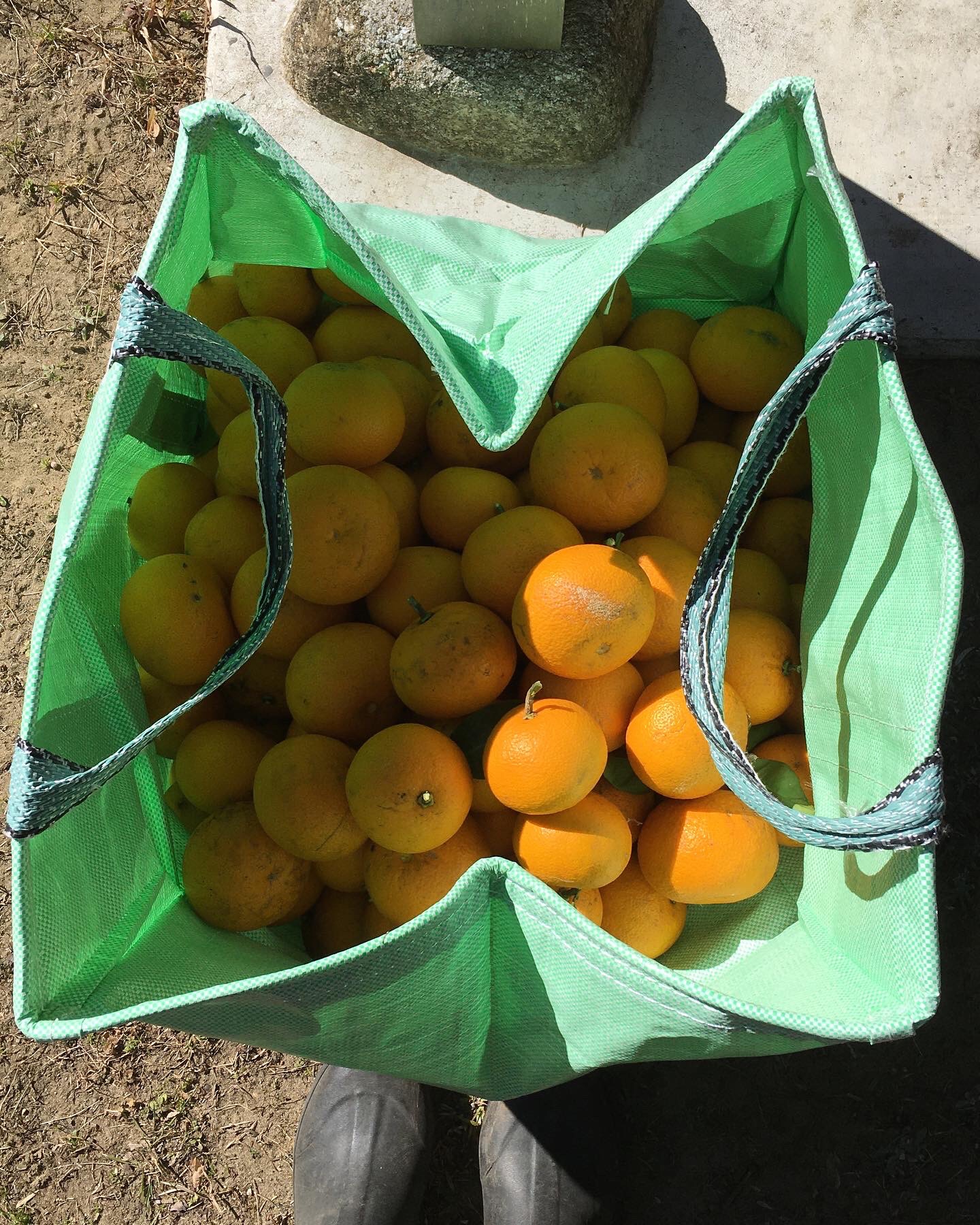

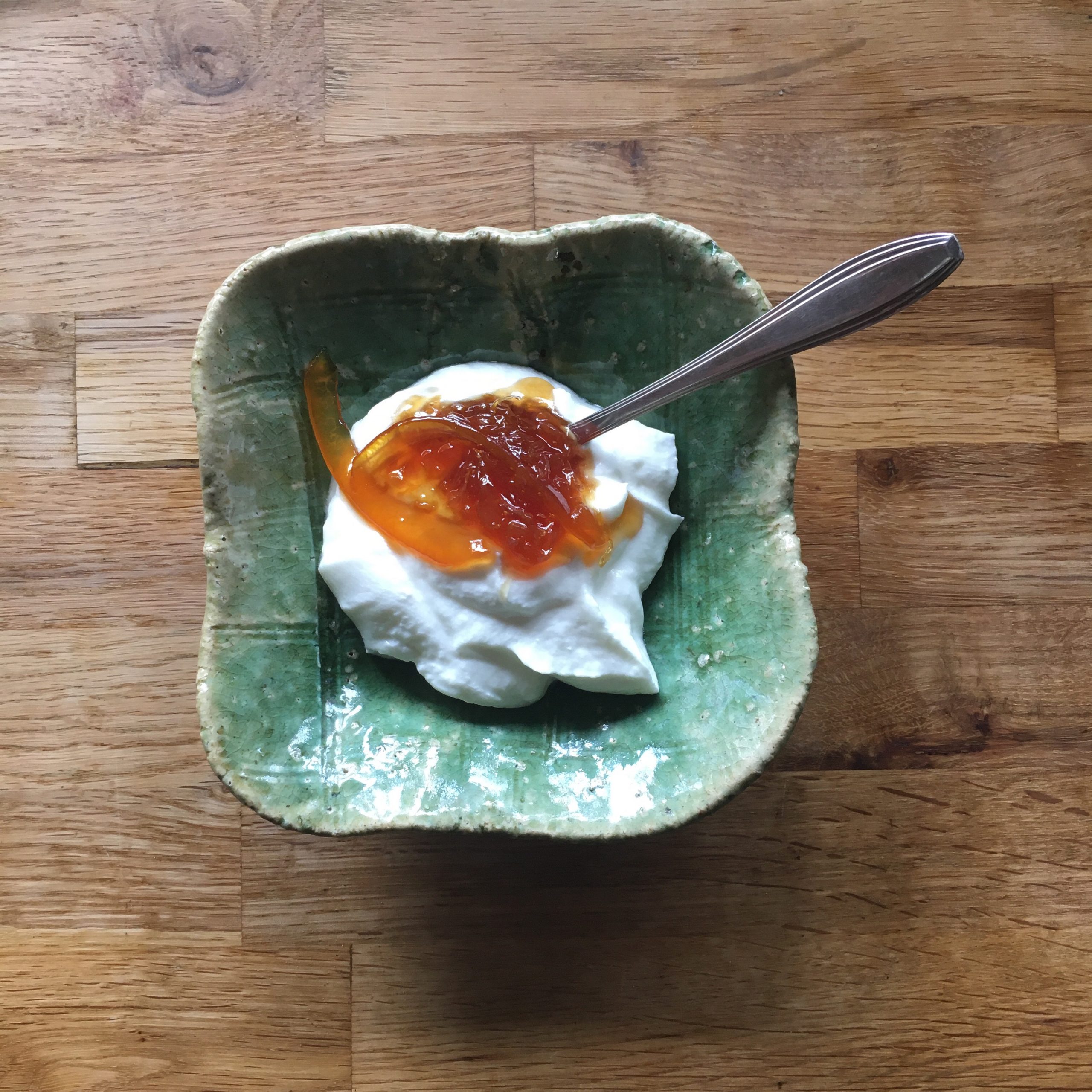
But in the end we love the raw fruits so much, plain and simple, that apart from a little batch of marmelade, but I’m no good to teach anyone how to make it, rather I should learn myself, I made a lot of candied peels after we’ve eaten the flesh. Though we eat little sugar, I love candied fruits and citrus peels of sorts candied. At that, I think I can proudly say that I am not bad! I have learned patience and it is paying off! So here’s my recipe, but if you don’t have hasaku, it works with any other citrus fruits. I personally like the thick skin of hassaku, but lemon, orange, yuzu… they all can work perfectly too. You just need to be sure that your fruits are untreated before and after harvest, that’s why I only candy peels of fruits I am sure about.
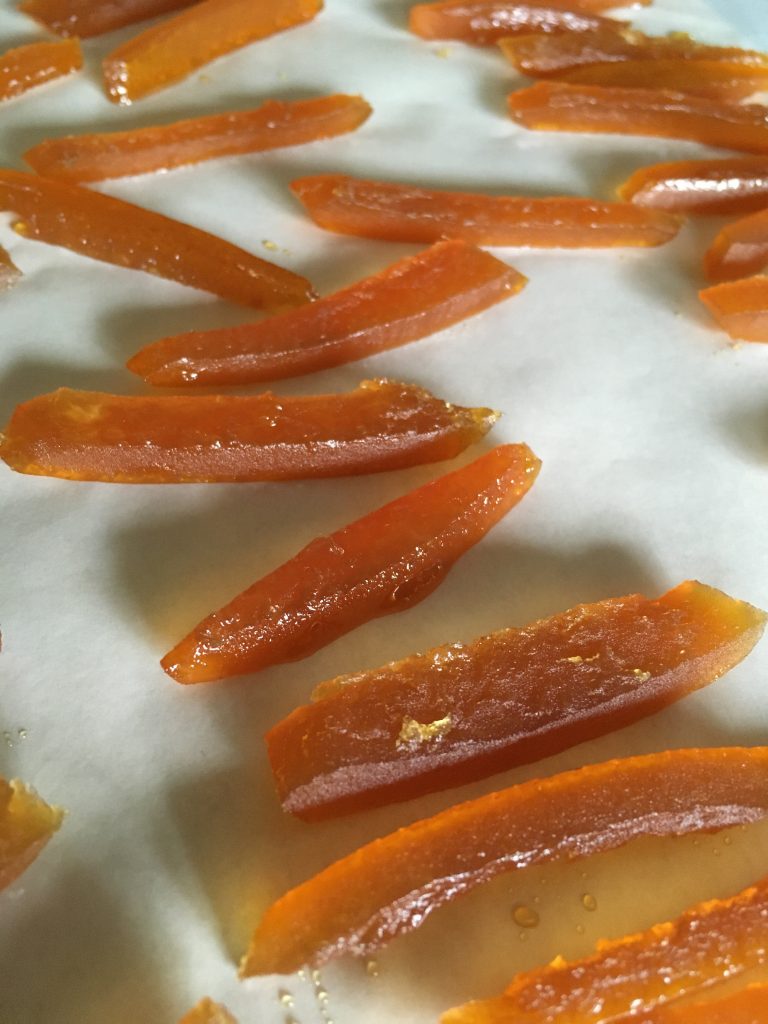
Citrus fruits candied peel
- Untreated citrus fruits of your choice
- Sugar ( I use only untreated brown cane sugar)
- Water
- Patience
- Dark chocolate (optional)
Candied peels work in any batch size. Wash and dry your fruits. Peel them being careful to be as close to the flesh as possible. Remove any possible fibers layer. Cut the size you like. I like thick ones so that they are almost a square section.
In a pan set the peels. Pour water in a measure cup. From that cup pour into the pan to cover the peels. Check how much you poured in. Add the same volume of sugar to the preparation. Bring to a boil, let on low heat for 15 min. Let cool down in the pan for two hours at least, longer is good. The peel will start to loose their opacity. Bring to a boil again, and cook at low heat for 10 min again. If the liquid is to little add just a bit of water. Let cool down again, and repeat the heating/cooling until the peels are translucent adding just a bit of water not to burn them and such that the syrup doesn’t turn into caramel. When perfectly translucent, heat a last time and move the peels from the pan to a clean surface. I use cooking paper. Let cool down. Now they are ready. You can store them or dip them in chocolate, roll them in cristal sugar (but really, they don’t need anymore sugar!)… I love them just the way they are, A. likes them coated with chocolate…


